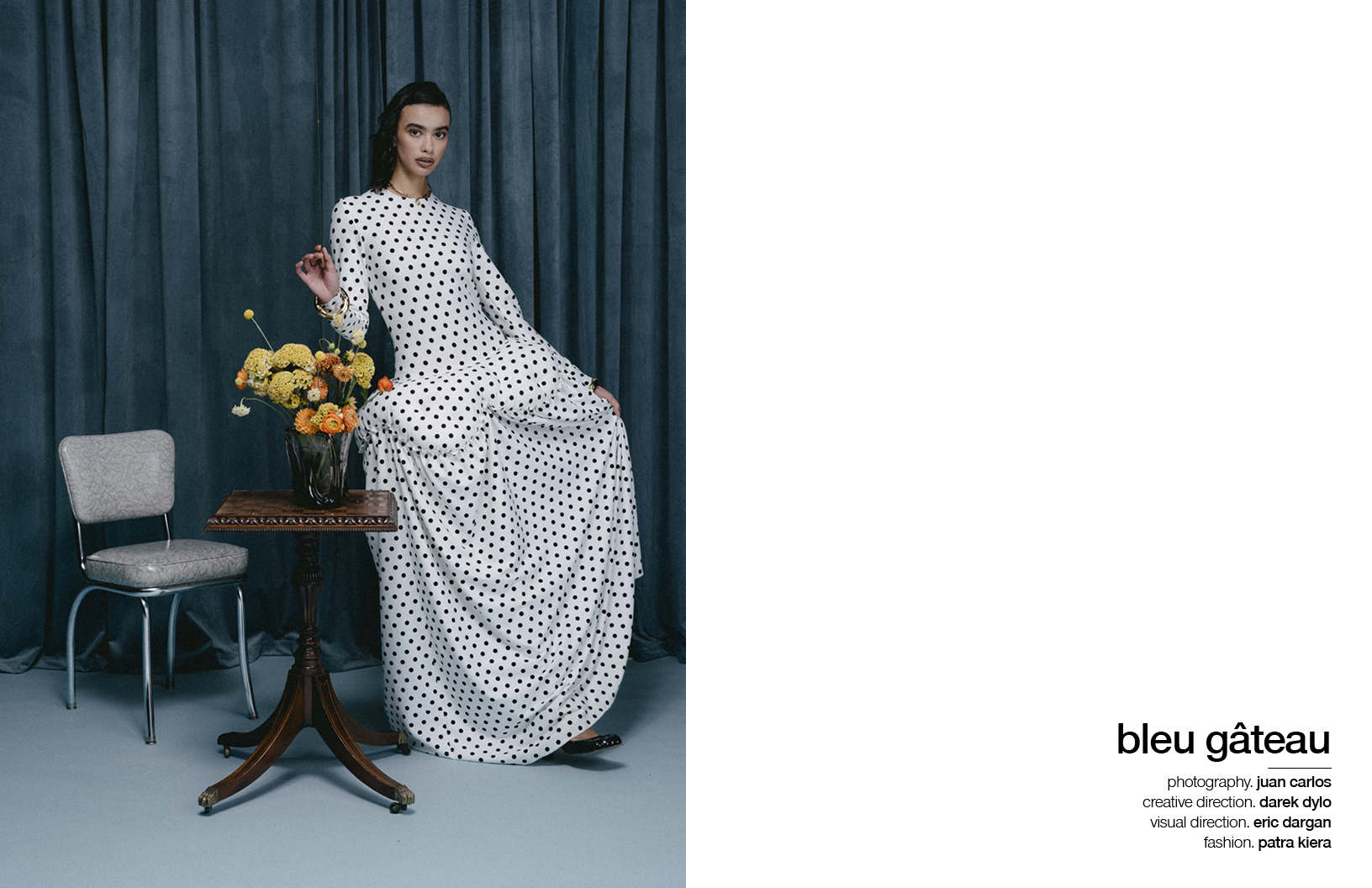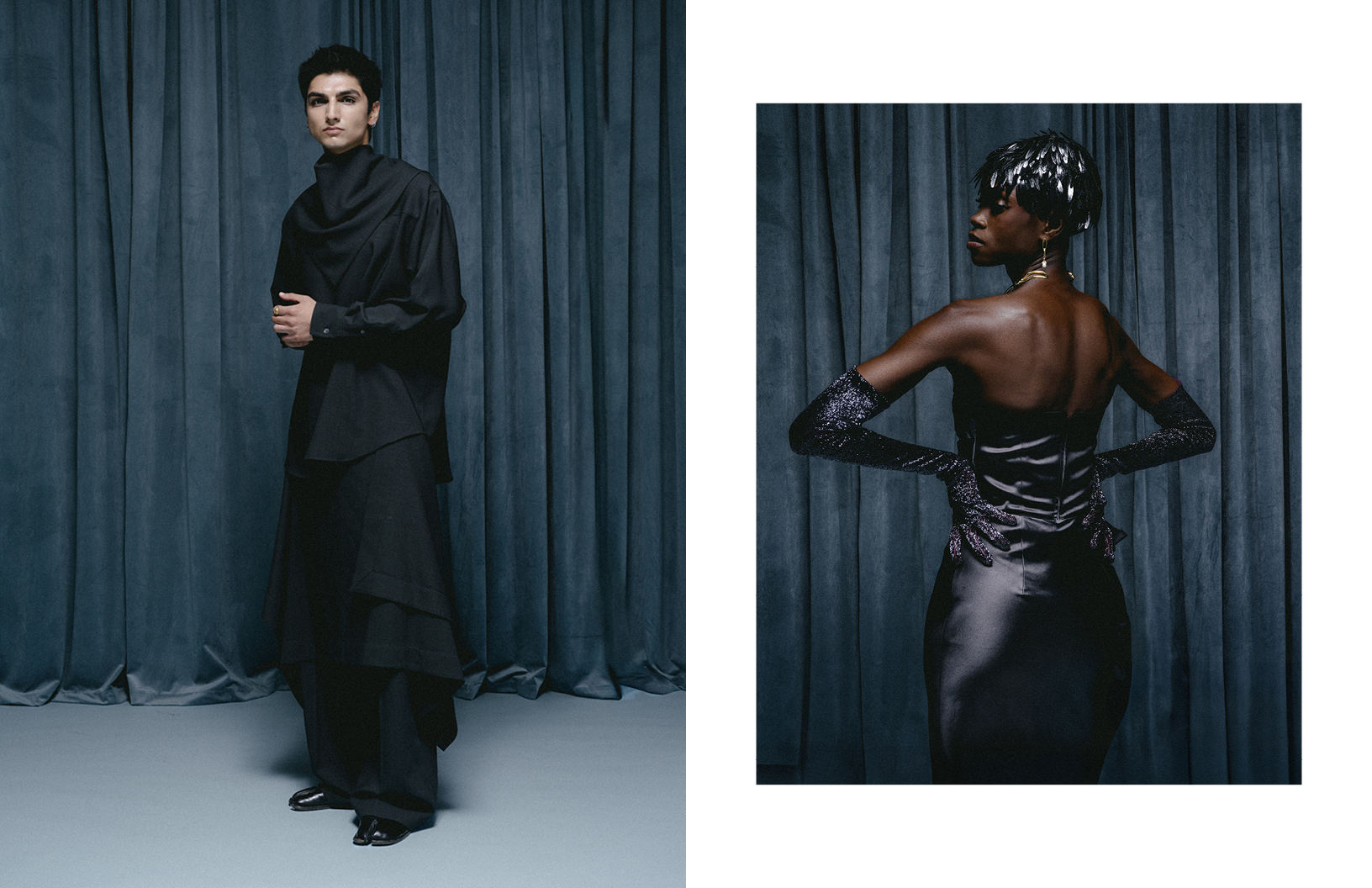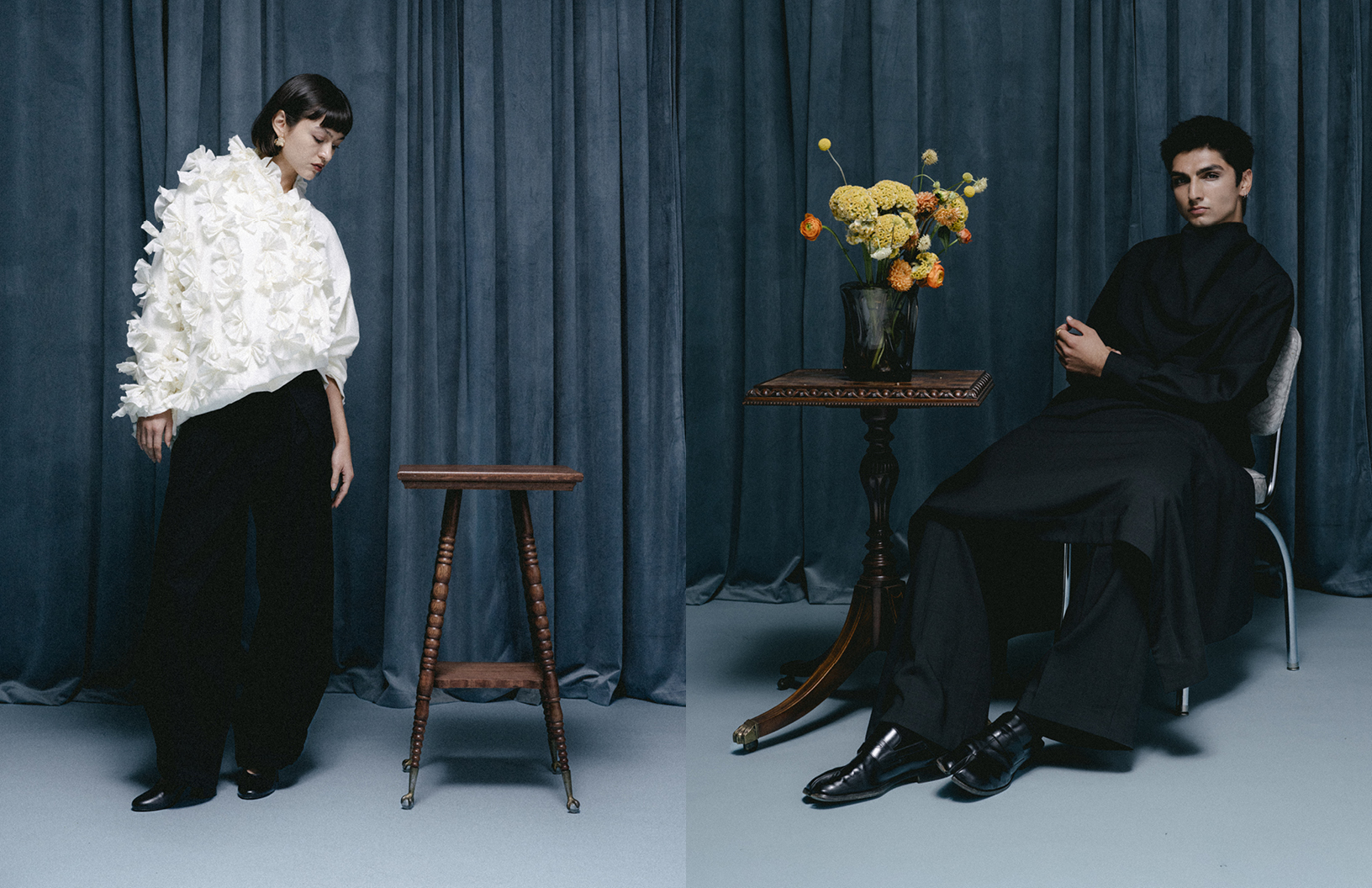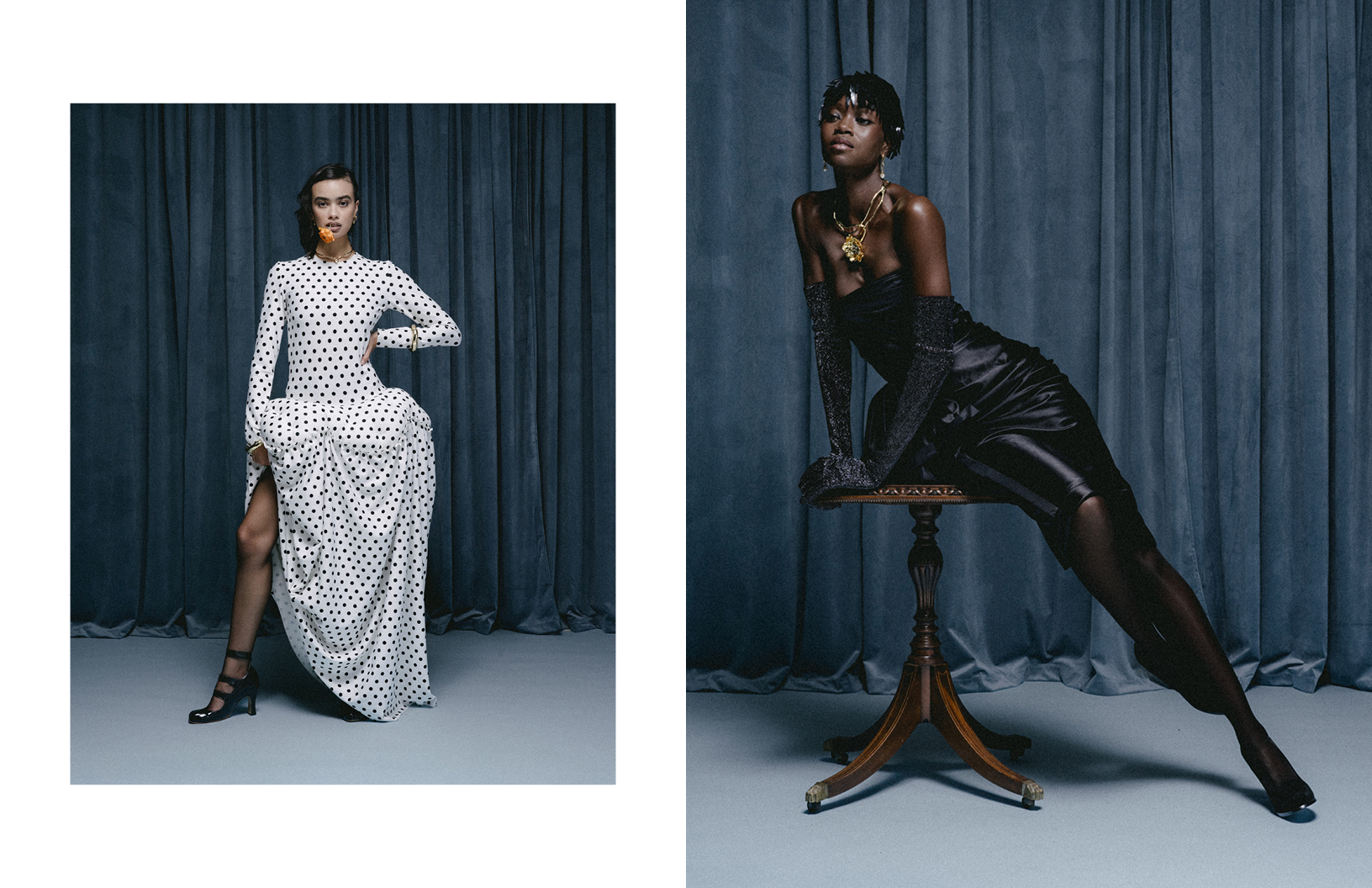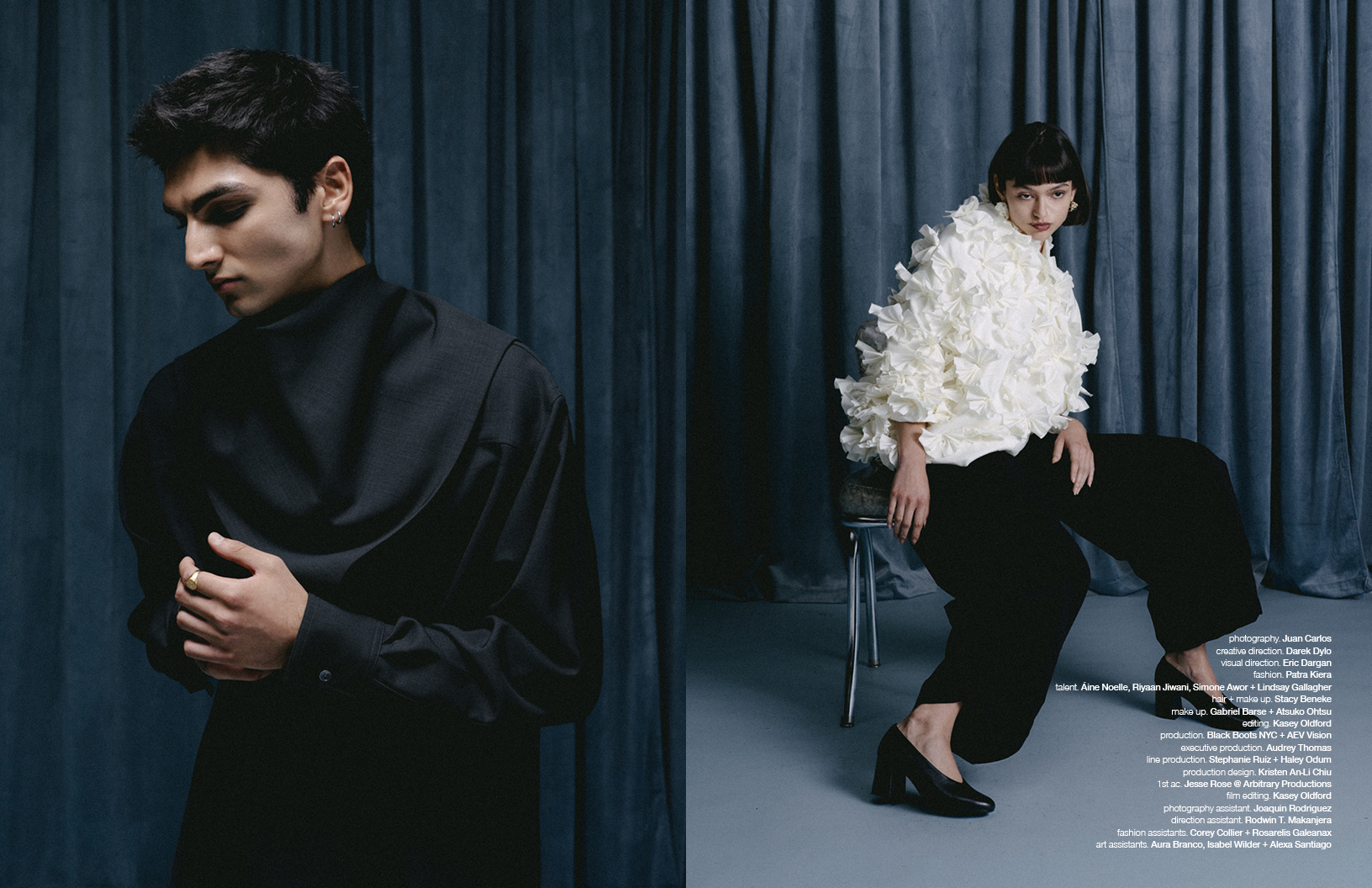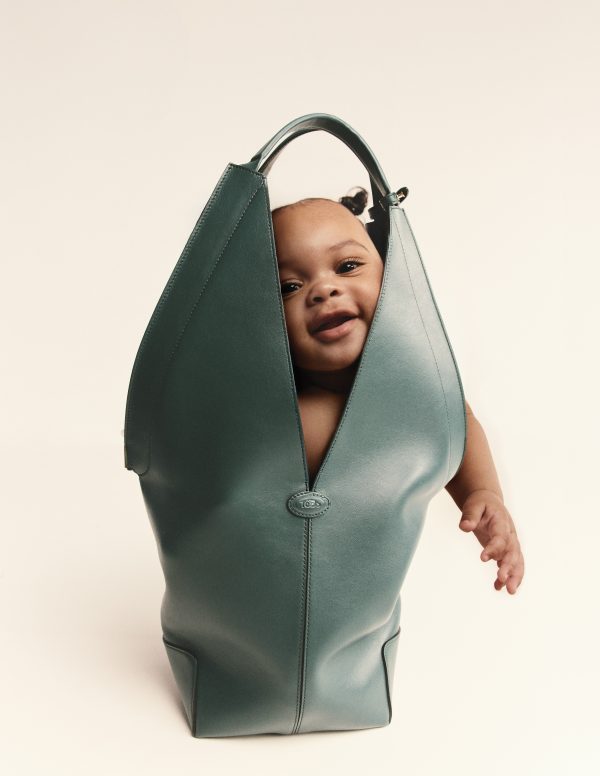It’s no hidden secret that Portugal’s textile and clothing industries have witnessed increasing success over the past decades, and this in spite of an ever decentralised production. With an annual turnover of 6.2 billion euros, and exports that represent 9% of the total national figure, Portugal’s textile industry is expanding steadily, João Costa, President of Associação Textil e Vestuario de Portugal, told us. While the textile industry weaves its way onto markets worldwide, Portugal continues to promote local design talents, with the 36th edition of Portugal Fashion, titled REFLECTOR, held last weekend.
The event marked the beginning of a year of celebrations of the organisation’s 20th anniversary. This season’s installation, designed by Miguel Bento in collaboration with architect duo Nuno Paiva and Astrid Suzano, shown at Alfândega do Porto, traced a link with Portugal’s London Fashion Week presentation, held at the International Fashion Showcase.
So, what’s the crux behind the success? “The people who are in search of quality and innovation, come to Portugal for textiles,” explained José Alexandre Oliveira, president of the Council of Adminastration of Riopele, a textile company based in Famalicão, that produces for the likes of Zara, Max Mara and Karen Millen, right through to high-end profiles such as Giorgio Armani, Hugo Boss and Diana Von Furstenberg. Clothing producers and fashion houses come to Portugal specifically “because of design, because of the quality, because you know that we will deliver and we will deliver well.” With a vertically integrated structure, Riopele carries out all the various stages of production from weaving to finishing, quality is assured with minute quality control throughout. As one of Portugal’s 5000 companies of the clothing and textile industry, Riopele is just one of the reasons that buyers and brands flock to Portugal.
With the increased presence of a young generation of designers, Portugal is making its mark on Europe’s fashion circuit. The BLOOM platform, an initiative launched in 2010 to provide the commercial and pedagogical support needed by young designers in Portugal, presents the works of ten designers and brands on-schedule. Miguel Flor, designer, long-term professor in fashion and ex-Margiela affiliate, was invited in 2010 to coordinate the collective. “I aimed to accompany them, to coach them in their development. We created Bloom precisely with that aim – as indicated by the name – to ensure that they flourish, both the designer and the collections,” he explains. “What interests me in my research, is individuality.”
Daniela Barros
Creating a space for upcoming designers that did not pit them against the larger and commercially acute collections of the main stage, BLOOM offers both financial and curatorial support (with advice given on show production, styling, hair, makeup and music). With alumni of the likes Daniela Barros, Hugo Costa, Estelita Mendonça et Susanna Bettencourt, who all showed on the main schedule this season, Bloom aims to launch the careers of upcoming designers on a national and international platform.
“It’s not enough to be talented – there has to be a international gaze looking in on what we’re doing here, and the Portugal has to cast an eye out towards the international fashion scene too,” explains Flor. João Melo Costa, for example, has shown at Fashion Scout in London for the past four seasons. “It’s great to absorb each other’s energy,” Costa explains. “We are all young designers who want to make a difference – and the structure provided helps create great collections.” Mafalda Fonseca chimes in, underlining how many international opportunities the platform has given them: “It’s important for the constant advice. They encourage us to go outside, to do exhibitions in London, for example.”
HIBU
During the four day event, which opened in Lisbon, Hibu and Carla Pontes previewed their autumn/winter 2015 collections at the Carpintaria de São Lázaro. The former presented Impression #1, a range of wool, linen and fleece pieces, constructed in asymmetrical silhouettes. Carla Pontes, on the other hand, focused on knit pieces, with an intimate juxtaposition of textiles and textures, presenting marbled effect wool pieces.
Closing the Lisbon chapter of Portugal Fashion, established designer duo Manuel Alves and José Manuel Gonçalves orchestrated a maximalised show of sleek, long figures, draped in impressive volumes of bulky fabrics, of the likes of silk brocades, tweeds and houndstooth pieces.
Luís Buchinho
Ensuring the relay with the Porto portion of Portgual Fashion, Luís Buchinho celebrated his 25th anniversary, marking also a 20 year relation with the event. Illustration inspired the collection, with graphic contours emerging on the catwalk: designs in colour blocks and strong draped pieces.
Mafalda Fonseca told us backstage that the close links of friendship inspired the warm tones of her autumn/winter collection. “I always introduce some elements of classic tailoring but with new textiles, new fabrics. In this case, I have the classic construction of trousers but with denim and silk.”
João Melo Costa
João Melo Costa elucidated how his collection condensed the core qualities of his brand. With unfalteringly clean lines and minutely tailored pieces, the pieces were both sleek and sharp. “I wanted to make a collection that was very clean, in the form, in the structure,” he told us. “I try to manipulate the fabrics, to create more dynamic shapes in those fabrics.” Whilst his collections may take him further afield, production always takes place in Portugal. “I try to source all my materials in Portugal, as much as possible, because we are great producers and we have great textiles.”
KLAR
The designer trio behind KLAR played with linearity, with constrasting horizontal and vertical pin stripe effects. Volumes were beautifully cinched, whilst long torsos elongated forms and annihilated gendered differentiation.
Estelita Mendonça deconstructed the social situatedness of work-wear, breaking the barriers of social identification. In the form of dark, sober pieces, the pieces were minutely manipulated versions of the severity of the uniform.
Diogo Miranda
Figures reminiscent of postwar glamour emerged in the ornate hall of the Palácio da Bolsa for Diogo Miranda’s show. His recent affiliation with Paris, he told us, inspired elegant silhouettes, and created a collection that was aesthetically crafted to emulate Parisian elegance. With success, we might add.
Nuno Baltazar
The final day of shows was held at the Alfândega do Porto, the customs house of Porto, on Rio Douro. Nuno Baltazar’s The Man Who Cried was anchored in the 1940s glamour of Sally Potter’s work bearing the same name, with urban sophistication oozing through the svelte pieces. Dielmar celebrated its fiftieth anniversary of dapper tailoring with a model marking each year, while Fátima Lopes closed the event with a signature display of skin-hugging glitzy glamour.
Portugal’s unique combination of forces, that spans all fields from production and design, and textiles to clothing, is nothing short of a ticket to success. With expanding horizons, promising fashion schools that teach both design and textile production, Portugal’s fashion is, well and truly, blooming.
For more information, visit the Portugal Fashion website.
Words / Patrick Clark
All images courtesy of Portugal Fashion / Ugo Camera.

Discover the latest issue of Schön!.
Now available in print, as an ebook, online and on any mobile device.




































































